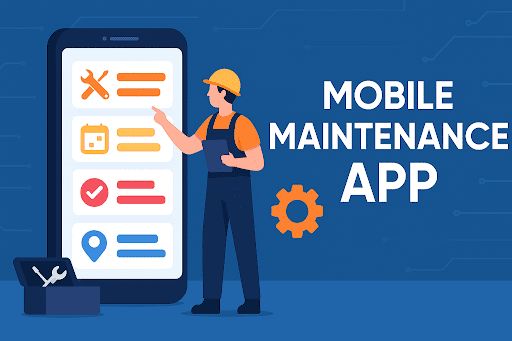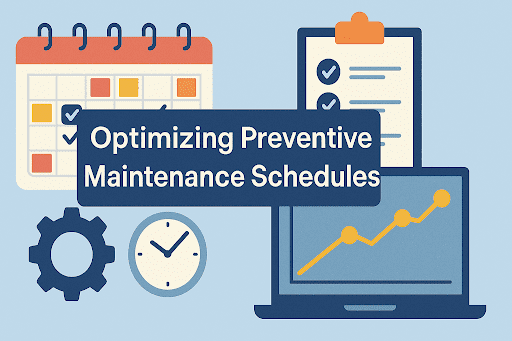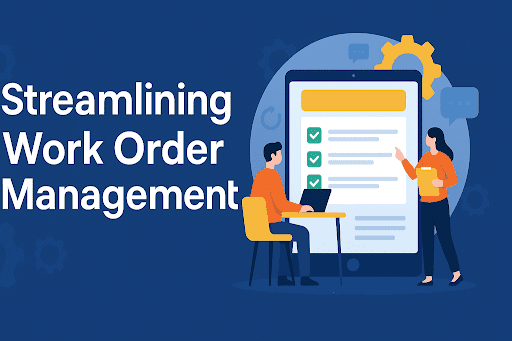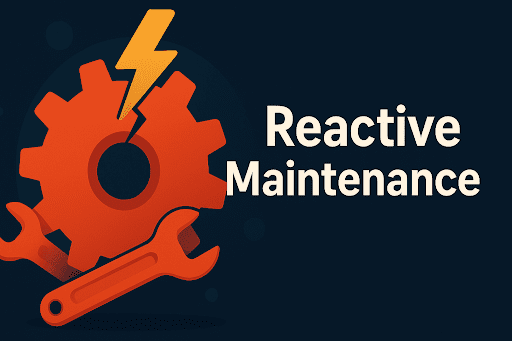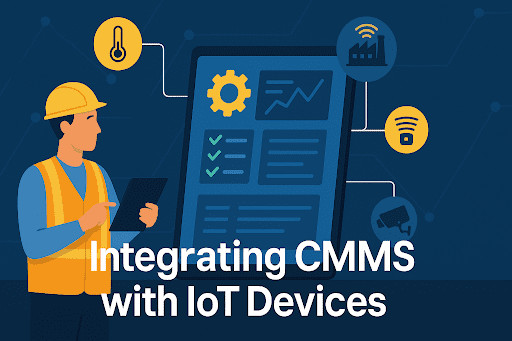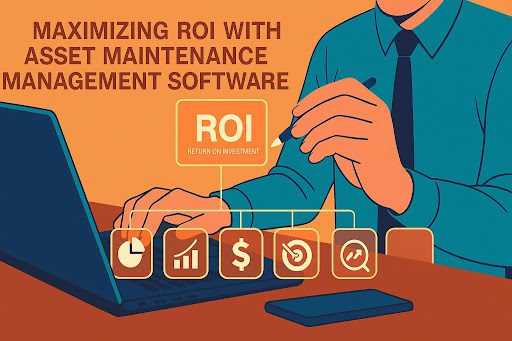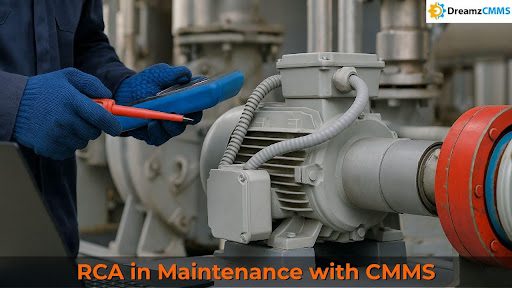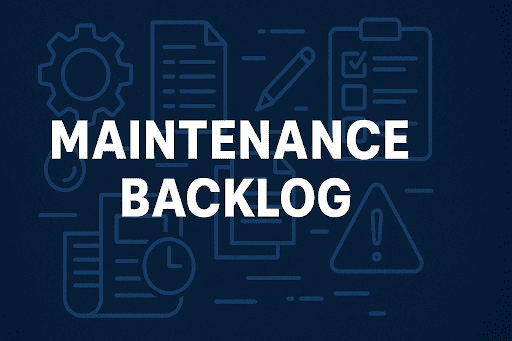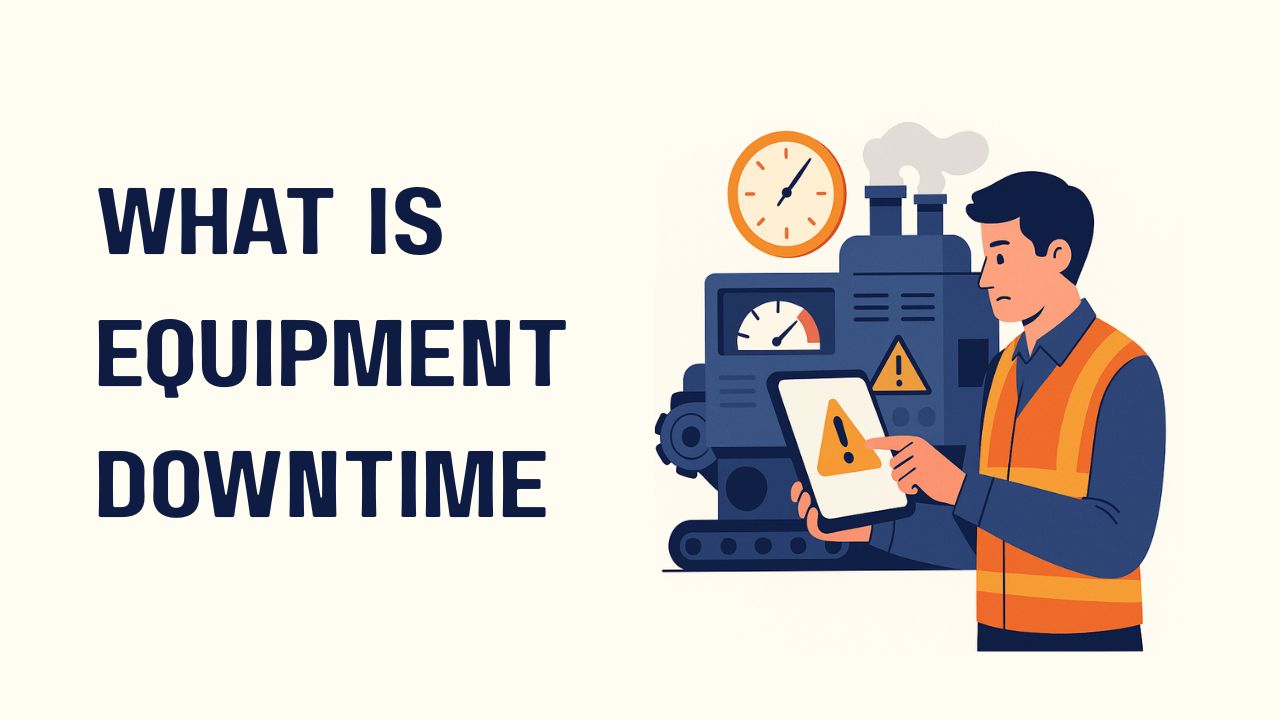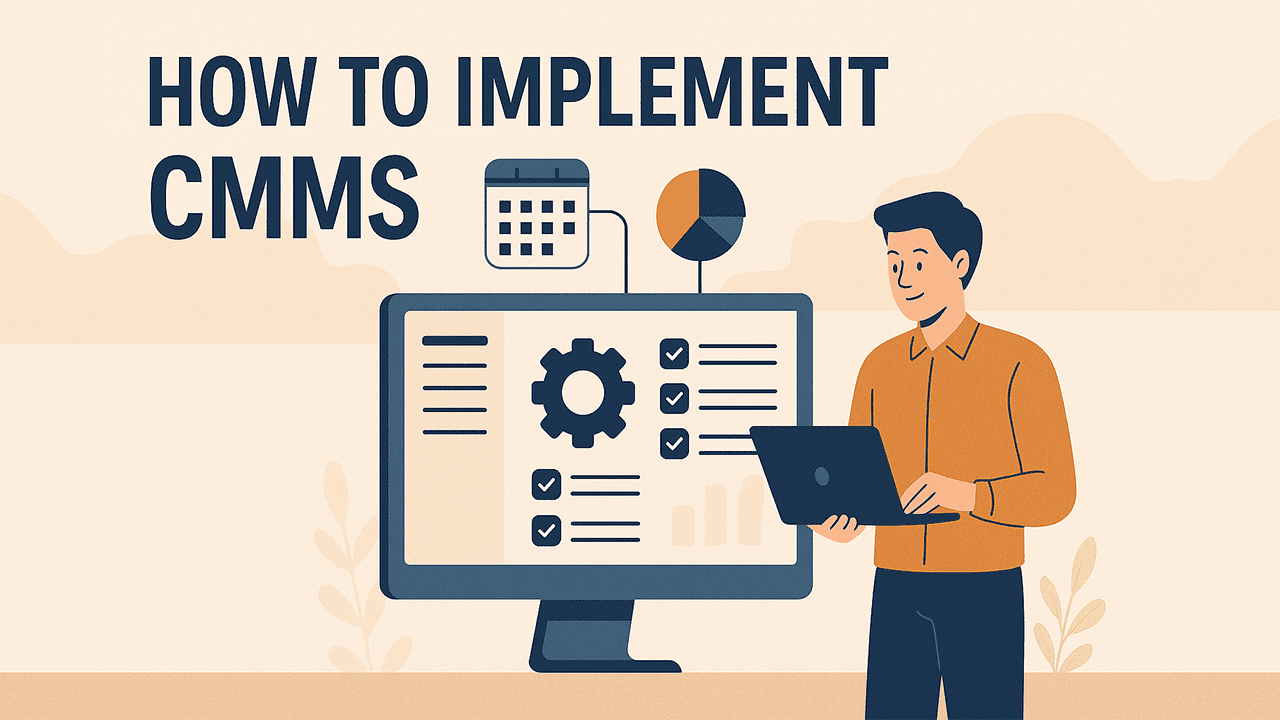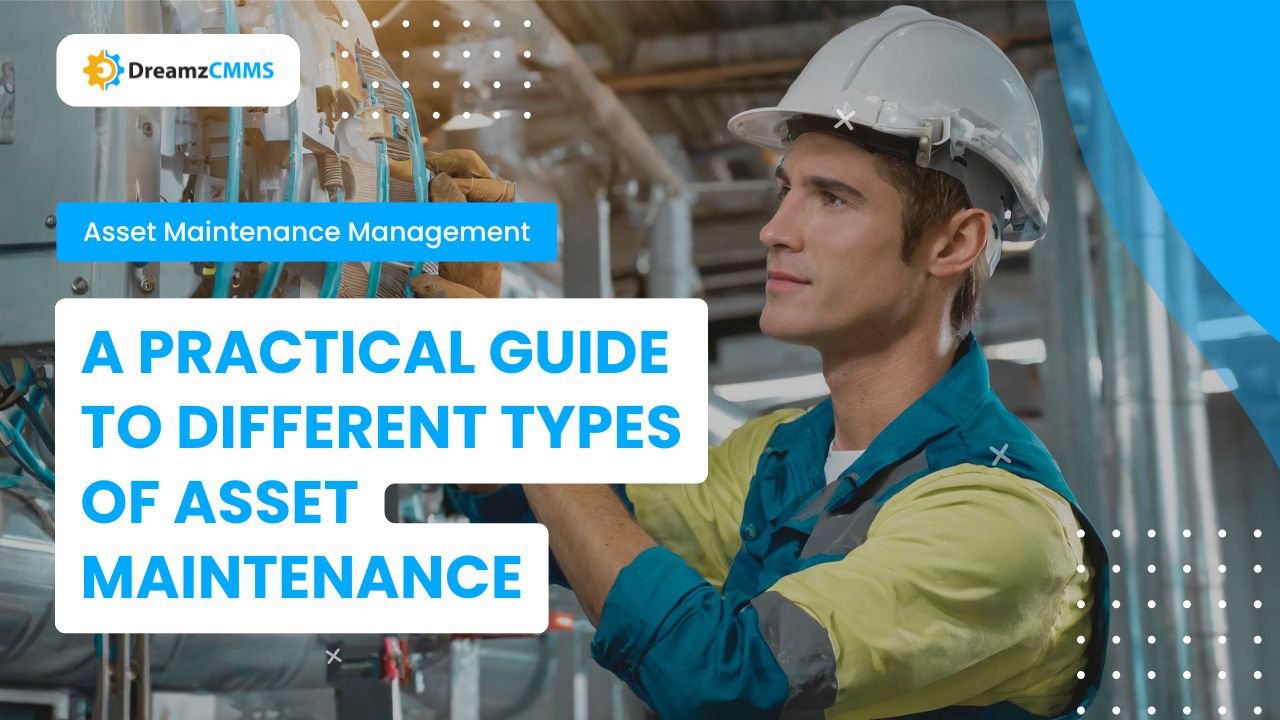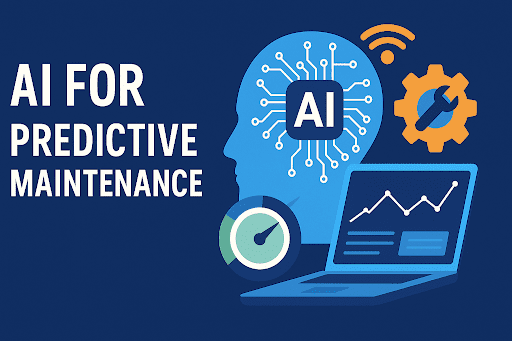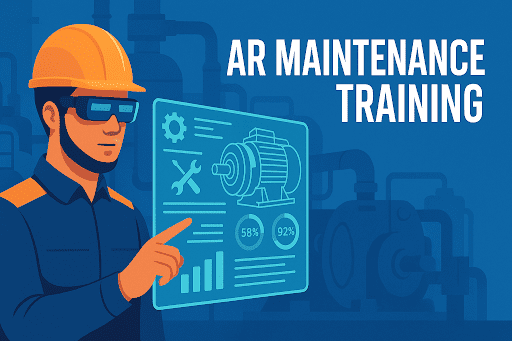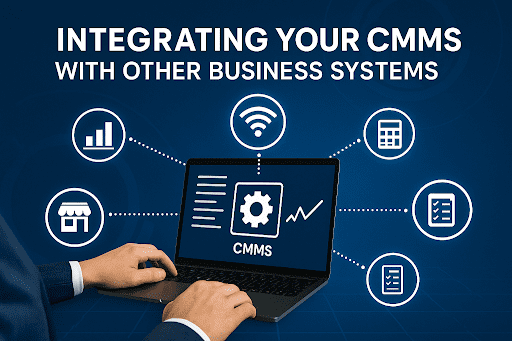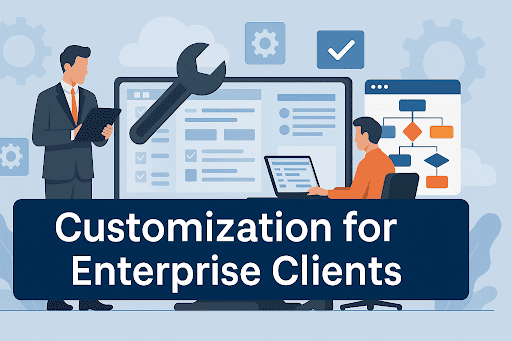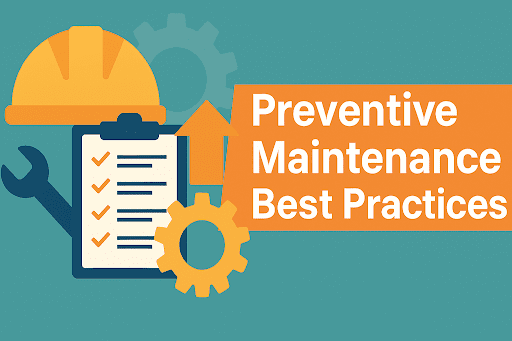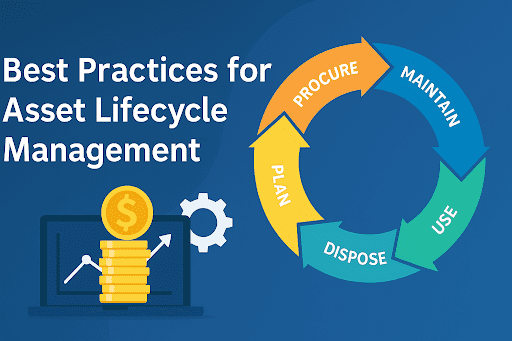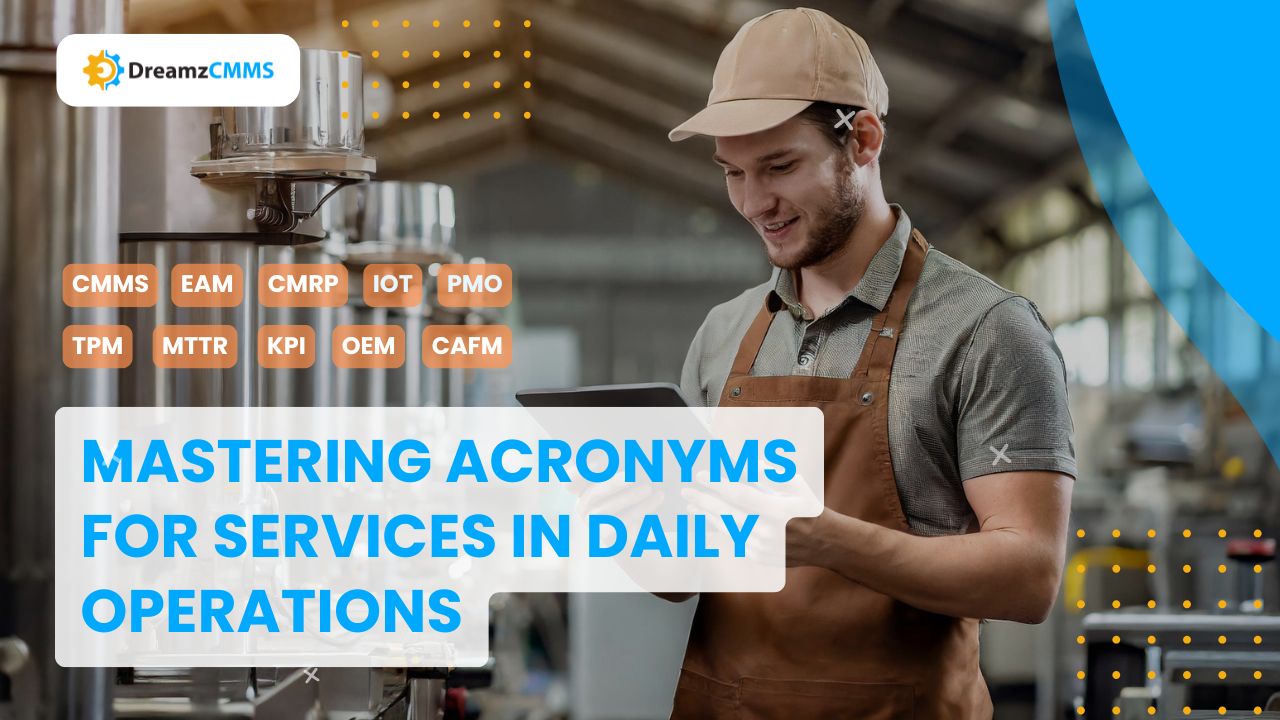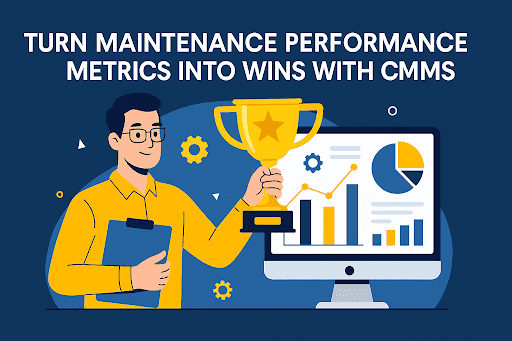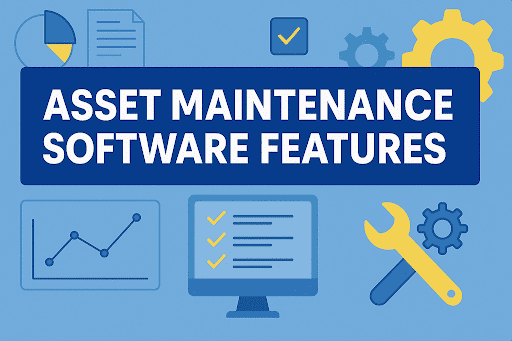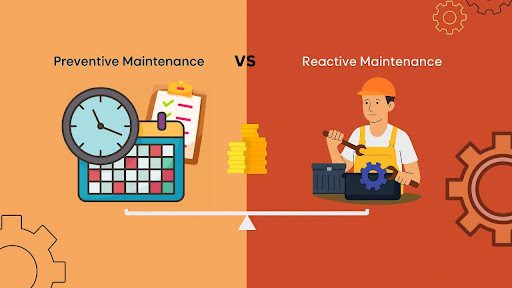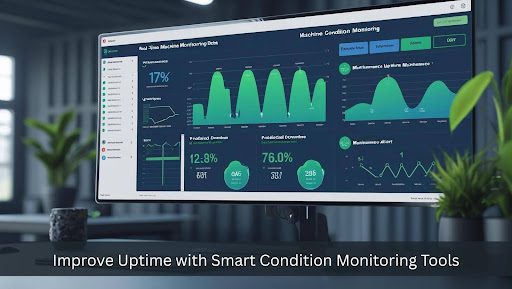 BACK TO Blog
BACK TO Blog
Asset Rental Management
Asset Maintenance
Organizations across the board need preventive maintenance as a vital operation in asset-intensive and competitive markets. Unplanned breakdowns disrupt operations and increase costs while threatening safety. The solution for businesses to fight unplanned breakdowns is to implement CMMS as a maintenance management system that enables automated and optimized scheduled maintenance
- July 09, 2025
- DreamzCMMS Team
- 10 minutes read
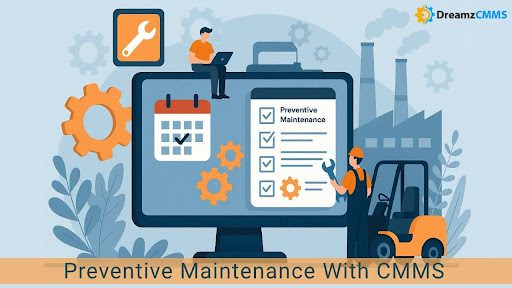
- July 09, 2025
- DreamzCMMS Team
- 10 minutes read
Organizations across the board need preventive maintenance as a vital operation in asset-intensive and competitive markets. Unplanned breakdowns disrupt operations and increase costs while threatening safety. The solution for businesses to fight unplanned breakdowns is to implement CMMS as a maintenance management system that enables automated and optimized scheduled maintenance activities.
Organizations achieve better asset maintenance when they use preventive maintenance software because this software enables the streamlining of asset services and equipment longevity and facility reliability.
The following post shows how CMMS helps organizations reach their preventive maintenance targets through its smart scheduling and mobile tools and analytics functions which support active asset management.
Optimize Maintenance Like a Pro
The integration of preventive maintenance creates an optimized system that tracks assets while reducing downtime.
Our powerful Asset Maintenance Management Software offers efficient operations to users.
Asset Maintenance Management Software
What is Preventive Maintenance?
Preventive maintenance (PM) is a proactive approach to equipment care that involves performing scheduled maintenance activities to prevent failures and extend asset life. PM goes beyond waiting for equipment to break down since it involves regular maintenance tasks to prevent both expensive repairs and system downtime and safety risks.
Organizations base their structured maintenance approach on predetermined schedules which they can use to:
- Time-based: Maintenance tasks must be performed at fixed time intervals that match calendar periods (monthly, quarterly, annually).
- Usage-based: The trigger points for tasks in usage-based scheduling consist of defined operating hours and distance or production cycle counts.
- Condition-based: Maintenance occurs automatically when specific parameters (like vibration levels or oil quality) surpass defined thresholds and IoT sensors enable this functionality.
Reactive maintenance differs from preventive maintenance since the latter starts maintenance before equipment failures to stop operational interruptions. Organizations gain better control over expenses and achieve higher equipment availability through this forward-thinking strategy which simultaneously builds safer working conditions. The long-term implementation of this proactive approach enables organizations to achieve optimal scheduling of technicians and spare part inventory management as well as energy consumption optimization which supports efficient operations.
The Limitations of Traditional Maintenance Approaches
Before the introduction of CMMS solutions organizations managed their maintenance through manual methods that included paper logs combined with spreadsheets and basic calendars. The use of manual systems produced these primary issues:
- The lack of reminder notifications caused service windows to go unfulfilled.
- Log incompleteness made it hard to track historical records.
- The poor team communication system produced delays as well as confusion among staff members.
- The lack of reliable spare parts tracking methods resulted in either stockouts or overstocking problems.
- The system provides no way to monitor future or pending tasks.
The current system makes it challenging to achieve consistency and maintenance optimization while preventing continuous improvement efforts. The expansion of operations makes traditional methods unreliable which negatively impacts productivity.
The Role of CMMS in Preventive Maintenance
A Computerized Maintenance Management System (CMMS) delivers a data-driven transformation of traditional maintenance operations to efficient processes. The platform operates as a unified system that allows users to handle all maintenance data starting from assets and schedules and continuing through work orders and inventory and reporting with precise accuracy.
Key capabilities of a CMMS include:
- Centralized data management: A single secure database stores all asset and maintenance records under centralized management which eliminates the need for scattered paper files and inconsistent logs.
- Automated preventive scheduling:The system performs automated preventive scheduling through time-based and usage-based and condition-based mechanisms to prevent missed or delayed maintenance activities.
- Work order tracking: Work orders provided to technicians include detailed instructions along with checklists and specific deadlines which enhance both responsibility and prompt execution.
- Asset performance analysis: The analysis of historical data allows organizations to recognize patterns which helps them track reliability levels to support better decisions regarding asset maintenance and replacement.
- Inventory and part control: CMMS connects maintenance tasks with necessary parts while tracking real-time inventory levels and issuing automatic reordering notifications which prevent delays from component shortages.
- Reporting for audits and compliance: The complete logging of maintenance activities enables organizations to demonstrate compliance with all safety and operational and environmental regulations through reporting systems.
The implementation of CMMS for preventive maintenance practices results in well-timed consistent asset care which lowers manual work and operational mistakes and reactive repair requirements. The practice leads to improved equipment availability and better team performance and reduced long-term expenses.
Benefits of CMMS in Preventive Maintenance Success
1. Automated Scheduling for PM Tasks
A CMMS allows maintenance teams to create scheduled maintenance tasks based on:
- Calendar intervals (daily, weekly, monthly)
- Meter readings (hours, miles)
- Conditional logic (sensor data or equipment state)
The system prevents accidental omissions of maintenance activities and matches any PM schedule for equipment regardless of complexity level.
2. Centralized Preventive Maintenance Checklist Management
A predefined preventive maintenance checklist is attached to each work order for every asset and equipment type. The standardization ensures:
- Tasks are not missed
- Procedures are followed
- Regulatory requirements are met
Each technician receives clear instructions about their tasks which produces uniformity between maintenance cycles.
3. Mobile Access to Routine Tasks
Technicians who use mobile preventive maintenance tools can perform the following functions:
- Access and complete checklists
- Log task notes and observations
- Upload photos of completed work
- View asset history in real-time
Mobile access proves beneficial for big facilities and distant sites since it enables teams to maintain operational continuity beyond desktop limitations.
4. Better Resource Planning and Labor Allocation
A CMMS provides intelligent workforce distribution through technician assignments which consider their availability and their skillset along with the asset type. This system enables optimal workforce usage and prevents routine maintenance plans from encountering delays.
5. Parts and Inventory Management Integration
The integration of inventory with preventive tasks guarantees that necessary parts remain available when needed. CMMS helps:
- Track stock usage
- Automate restocking alerts
- Manage vendor relationships
- Reduce emergency purchases
The system optimizes operational efficiency by supporting planned maintenance strategies.
Key Preventive Maintenance Goals Supported by CMMS
Goal 1: Reducing Downtime with Preventive Care
Unplanned breakdowns interrupt business operations and create financial losses. The CMMS system performs maintenance tasks ahead of breakdowns which minimizes equipment downtime through its ability to identify problems early and perform preventive maintenance.
Goal 2: Extending Asset Lifespan
Regular scheduled maintenance practices lead to longer operational periods of assets. The maintenance of assets through extended service leads to both reduced replacement costs and higher investment returns.
Goal 3: Improving Safety and Compliance
Facilities with strong PM programs avoid safety incidents and regulatory penalties. CMMS tracks maintenance logs and history data which makes audit trail records straightforward and trustworthy.
To strengthen risk management strategies, explore our guide on Emergency Preparedness Planning.
To strengthen risk management strategies, explore our guide on Emergency Preparedness Planning.
Goal 4: Enhance Team Productivity
The combination of automated scheduling systems along with mobile accessibility helps technicians complete work assignments at higher speeds and with decreased errors. Work orders include clear priorities that maintain traceability which improves accountability.
Goal 5: Optimizing Maintenance Cycles
The analysis of service trends through CMMS reveals whether assets receive too much or insufficient maintenance. The ability to modify service frequencies enables managers to improve budget management and performance outcomes.
Use Case Applications: Where Preventive Maintenance Software Shines
Manufacturing
Factories rely heavily on machinery. Scheduled lubrication and calibration and inspection tasks performed by a CMMS prevent manufacturing interruptions.
Facilities and Buildings
Timely maintenance of HVAC systems together with lighting systems and elevators and fire safety equipment is essential. Teams can handle multiple tasks across large facilities and multi-location portfolios through Facility Management Software.
Healthcare
Medical devices must function flawlessly. The system plays a vital role in healthcare safety by tracking all medical devices and meets health regulatory standards.
Construction
The reliability of construction projects depends on servicing heavy equipment properly. The system tracks equipment runtime and enables efficient servicing schedule management and mobile work order documentation. The system works better when used with Collaboration Tools for Construction Teams to help manage extensive field operations more effectively.
Field Services and Equipment Rentals
The combination of Field Sales Software with preventive CMMS allows distributed service teams to enable field reps for reporting problems and task scheduling while controlling service life cycles from anywhere. Such integration allows organizations to increase asset availability while improving customer contentment.
KPI Tracking with Preventive Maintenance Software
A contemporary CMMS system permits maintenance managers to track multiple essential performance indicators.
| KPI | Insight |
| PM Compliance Rate | The percentage of scheduled tasks that were finished on schedule. |
| Mean Time Between Failures (MTBF) | The measure of asset reliability |
| Maintenance Cost per Unit | Identifies cost-heavy assets |
| Downtime Hours Saved | Shows impact of PM vs reactive |
| Schedule Adherence | Monitors technician performance |
The equipment's return on investment (ROI) depends on these fundamental performance indicators for both owned and rented assets. You can find additional details in the article about Maximizing ROI on Rental Equipment.
Smart Features to Look for in Preventive Maintenance Software
The quality of preventive maintenance solutions varies between different products. Real-world operations require preventive maintenance software features that deliver advanced yet user-friendly functionality. Selecting the right CMMS platform depends on choosing a platform which meets real-world needs while providing advanced yet user-friendly features.
The following capabilities should be present in your system:
- Calendar and usage-based triggers: Calendar and usage-based triggers enable automatic task scheduling for preventive actions which should happen at specific time intervals or when equipment usage reaches certain metrics like runtime hours or mileage.
- Custom PM checklists: Standardize maintenance procedures across teams by creating asset-specific checklists that ensure consistency, safety, and regulatory compliance during every service task.
- Mobile and offline work order access: Technicians need mobile applications to work on work orders in field conditions without internet connectivity for accessing, updating and closing tasks. This ensures continuity in remote or low-connectivity areas.
- Multi-location scheduling: A system that allows organizations to schedule and monitor tasks between different locations provides large-scale visibility and consistent operation.
- Insightful dashboards and reporting: Maintenance managers obtain customizable reports and real-time dashboards which help them track KPIs as well as compliance status and labor productivity and asset performance trends.
The listed features help organizations transition beyond basic scheduling toward a more advanced proactive maintenance approach which scales across the organization. The right CMMS equipment provides better operational management while helping organizations optimize their assets for extended periods and allocate resources efficiently.
Final Thoughts:
The current high-pressure environment makes manual processes dangerous because they result in expensive equipment failures and lost business potential.
A contemporary CMMS enables organizations to transition from reactive to proactive maintenance through automated scheduling and centralized task history management and extended asset lifespan. The software enables teams to work more efficiently through its mobile access features and IoT integration and multi-site visibility capabilities which provide them with an advantage.
A smart preventive maintenance software serves as a critical tool for organizations that manage facilities or field assets or rental fleets to maintain operational efficiency and momentum.
Ready to Transform Your Maintenance Strategy?
Experience the full power of CMMS for preventive care, asset tracking, and operational efficiency.
Visit DreamzCMMS or book your Free Demo to get started today.
Ready for More?
Talk to one of our CMMS experts and see how DreamzCMMS can simplify your maintenance operations.
Book a free consultation
